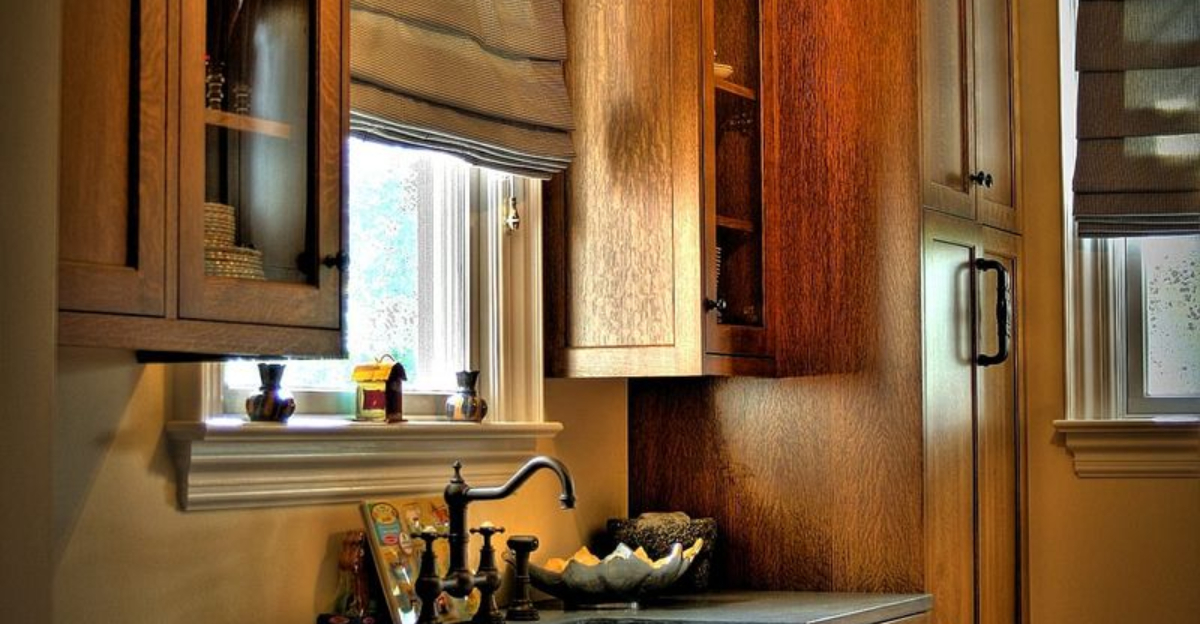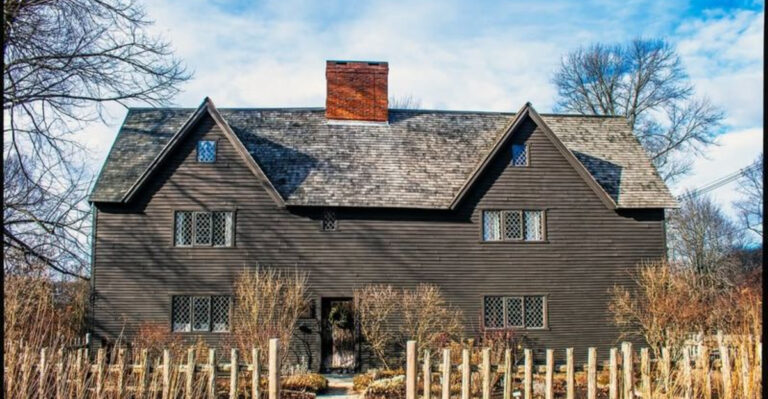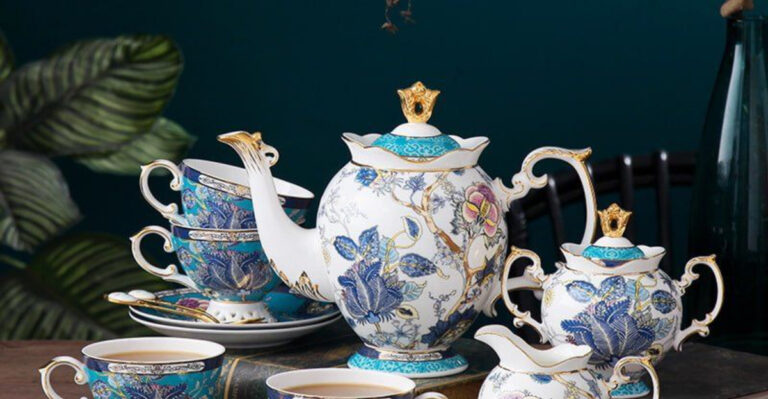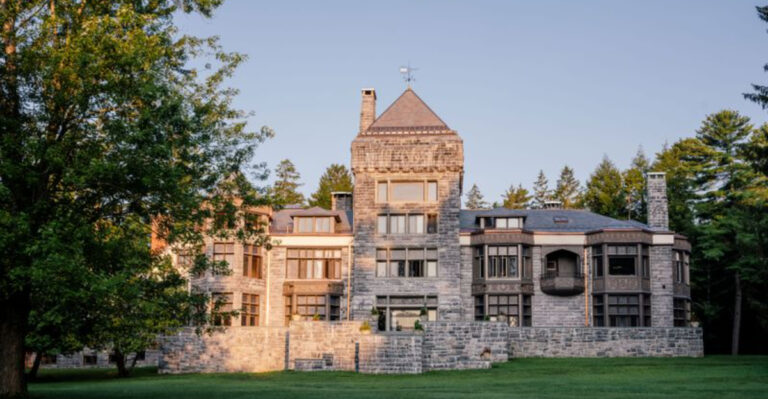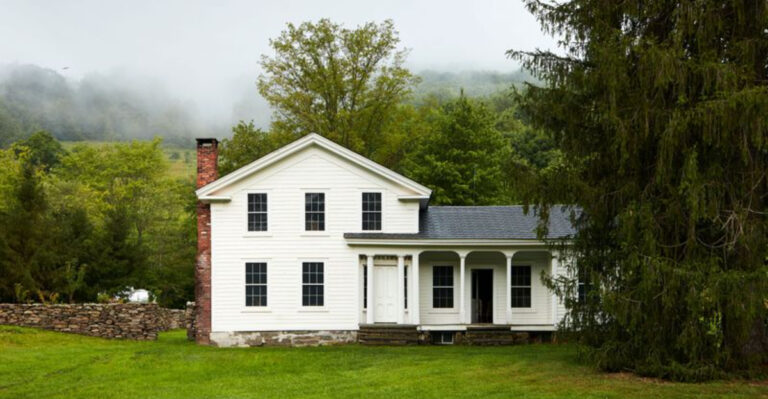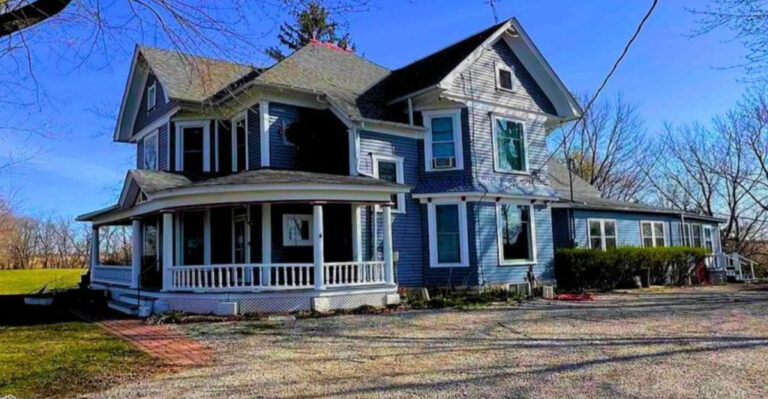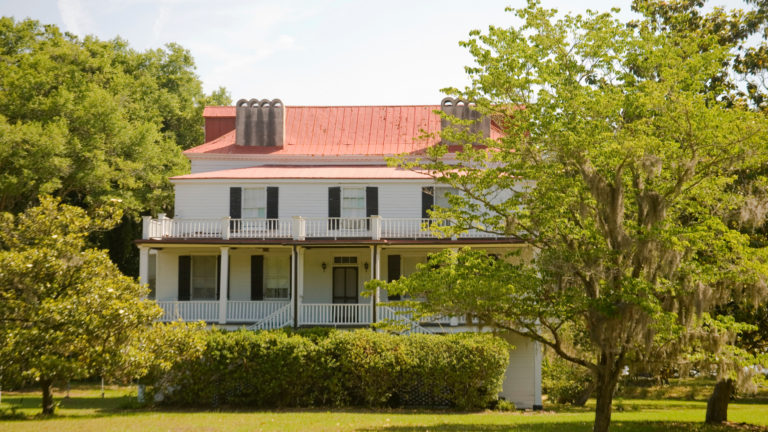15 Charming Edwardian House Features
Nestled between the ornate Victorian era and the streamlined Art Deco period, Edwardian homes (1901-1910) stand as bastions of refined elegance.
These gracious residences combined classical proportions with lighter decorative elements, reflecting a society shifting toward modernity while honoring craftsmanship. Step back in time as we explore the distinctive features that make these architectural treasures so coveted by today’s homeowners.
1. Sunlit Sash Windows
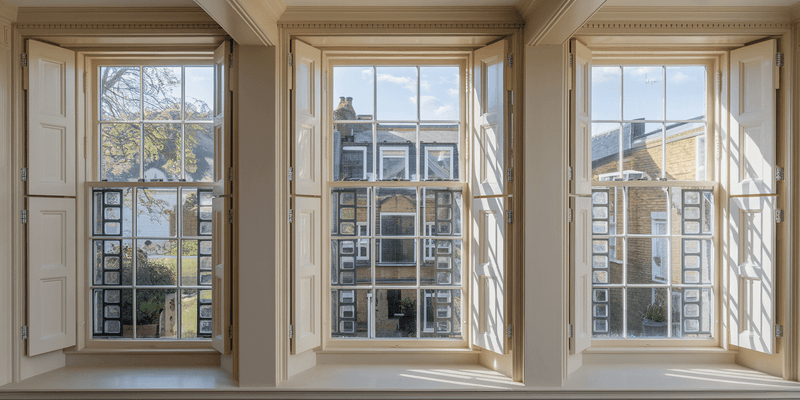
Larger and airier than their Victorian predecessors, Edwardian sash windows allowed sunshine to flood interior spaces. The glazing patterns simplified—often featuring fewer, larger panes with minimal muntins.
Morning light dancing through these generous openings transformed parlors into bright sanctuaries. A testament to the era’s rejection of Victorian gloom, these windows remain highly prized in preservation circles for their perfect marriage of function and grace.
2. Delicate Ceiling Roses
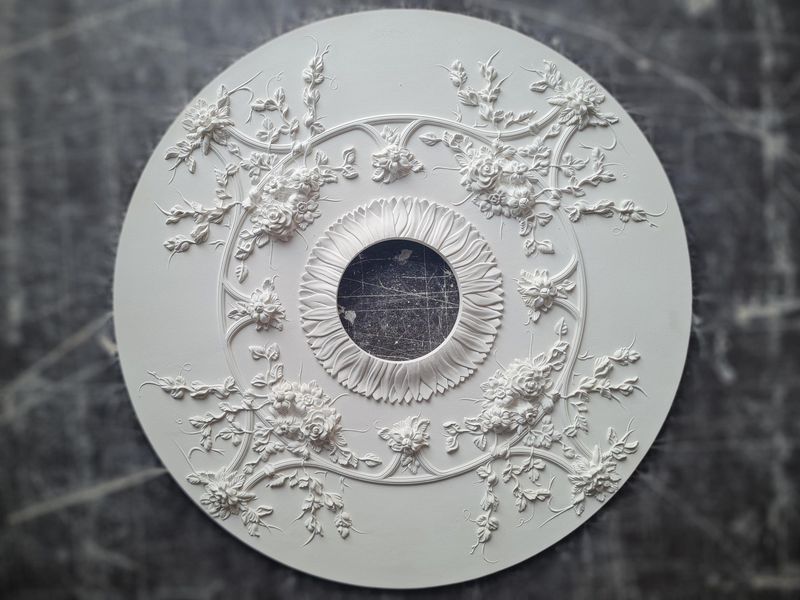
Blooming overhead like perpetual gardens, Edwardian ceiling roses framed chandeliers with intricate floral motifs and geometric patterns. Craftsmen created these plaster medallions with lighter, more naturalistic designs than Victorian predecessors.
Echoes of the Arts and Crafts movement influence are evident in their organic forms. Rarely replicated with such finesse today, original ceiling roses add thousands to a property’s value while casting enchanting shadow plays across period rooms.
3. Honey-Toned Parquet Flooring
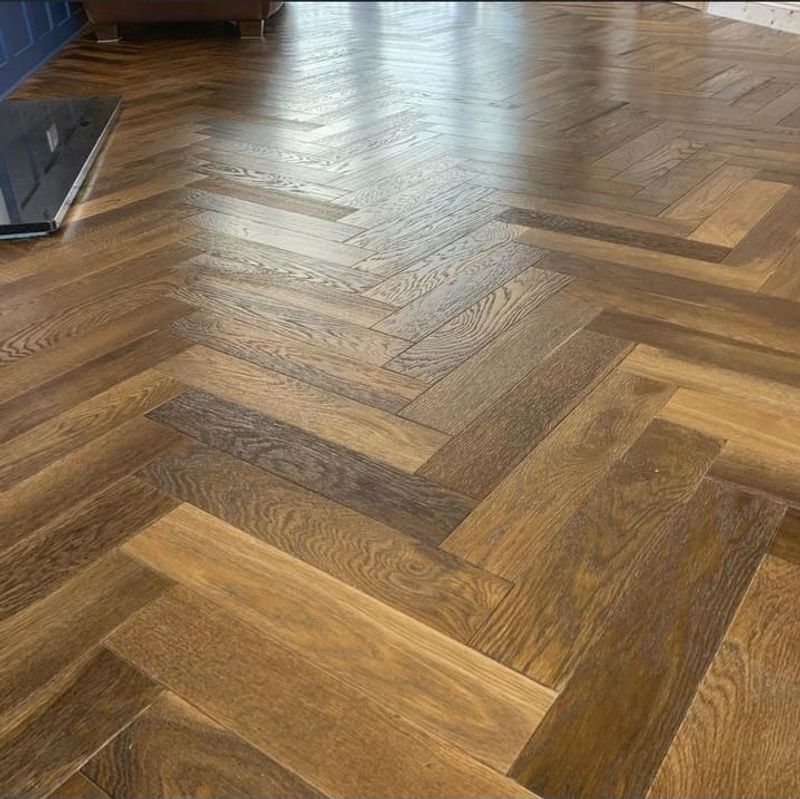
Geometric perfection underfoot, Edwardian parquet floors featured intricate herringbone or basket weave patterns in warm oak or walnut. Each piece was meticulously hand-cut and fitted by master craftsmen who understood wood’s seasonal movements.
Border inlays often framed the perimeter of rooms, creating visual boundaries. Modern homeowners discover these treasures beneath worn carpets, then spend small fortunes restoring the mellow patina that only a century of gentle wear can bestow.
4. Stained Glass Transoms
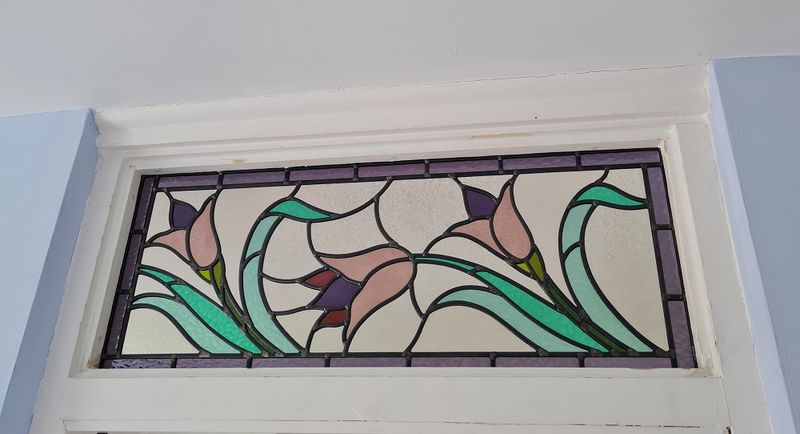
Jewel-like fragments of colored glass capture light in Edwardian entryways, transforming ordinary doorways into magical thresholds. Typically featuring Art Nouveau-inspired florals or surprisingly modern geometric designs, these transoms served practical purposes too.
Privacy and beauty merged as sunlight filtered through amber, emerald, and cobalt panels. Still found in London townhouses and San Francisco row homes, original stained glass pieces have become the calling cards of well-preserved Edwardian properties.
5. Graceful Balustraded Porches
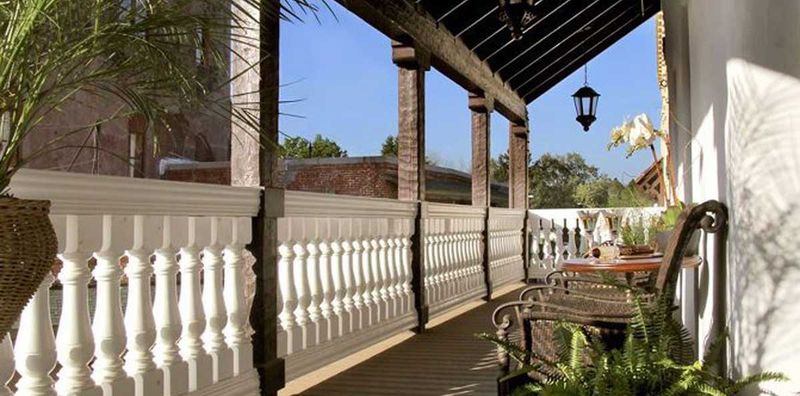
Welcoming visitors with classical elegance, Edwardian porches featured tapered columns and decorative balusters that created semi-outdoor living spaces. White-painted woodwork contrasted beautifully against red brick facades, establishing a gracious transition between public and private realms.
Morning coffee or afternoon tea found perfect settings here. Architectural historians note these porches represented a distinctly Edwardian optimism—spaces designed for neighborly connection rather than Victorian privacy, reflecting the social openness Edward VII encouraged.
6. Tiled Fireplace Surrounds
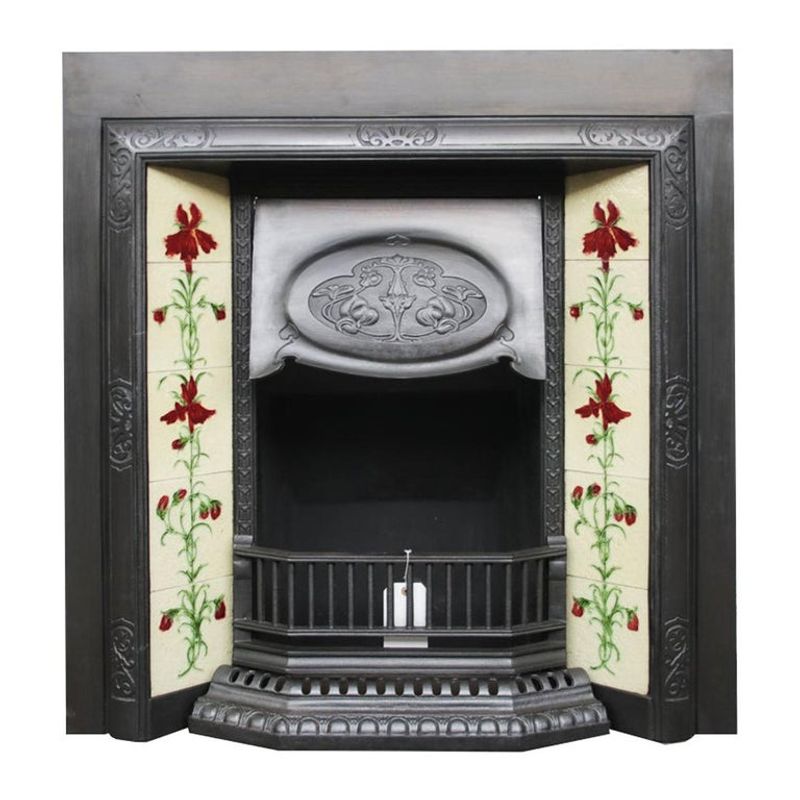
Heart and hearth merged in Edwardian tiled fireplaces, where Art Nouveau lilies or stylized sunflowers danced across glazed surfaces. Softer colors prevailed—sage greens, dusky blues, and warm creams—a deliberate departure from Victorian darkness.
Cast iron inserts nestled within, featuring elegant proportions and copper hood accents.
Modern homeowners restore these focal points with reverence, knowing the original tiles—often from manufacturers like Minton Hollins or Craven Dunnill—represent irreplaceable craftsmanship that anchors a room in historical authenticity.
7. Butler’s Pantry Cabinetry
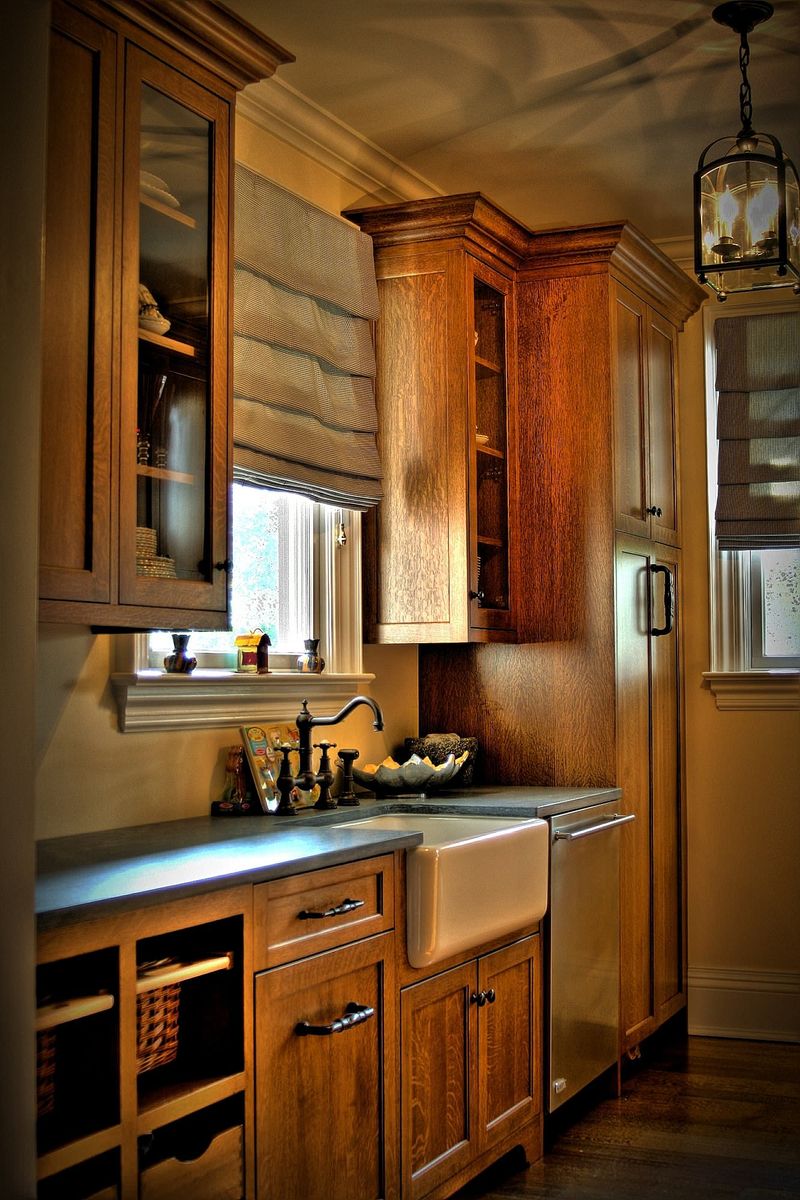
Tucked between kitchen and dining room, the butler’s pantry showcased exquisite craftsmanship with floor-to-ceiling cabinetry in quarter-sawn oak. Glass-fronted upper cabinets displayed fine china, while solid lower doors concealed everyday items.
Original brass hardware still glows warmly after a century of polishing. Marble countertops provided cool surfaces for plating elaborate meals.
Contemporary renovators often preserve these functional galleries rather than demolishing them, recognizing their perfect balance of beauty and utility in today’s entertaining-focused homes.
8. Ornate Cornices and Dentil Moldings
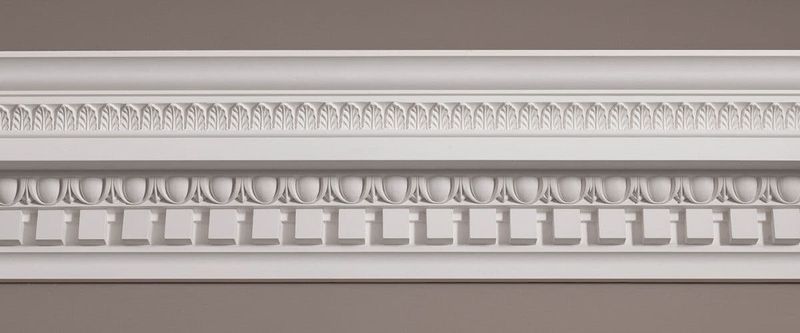
Crowning Edwardian rooms with architectural jewelry, elaborate cornices featured egg-and-dart patterns or acanthus leaf motifs in crisp white plaster. Dentil moldings—those small rectangular blocks resembling teeth—marched precisely along ceiling edges, casting subtle shadow patterns.
Room proportions seemed more harmonious with these transitional elements between wall and ceiling. Preservation specialists often create silicone molds from original sections to replicate damaged areas, ensuring these handcrafted details continue framing domestic life for another century.
9. Picture Rails and Dado Treatments
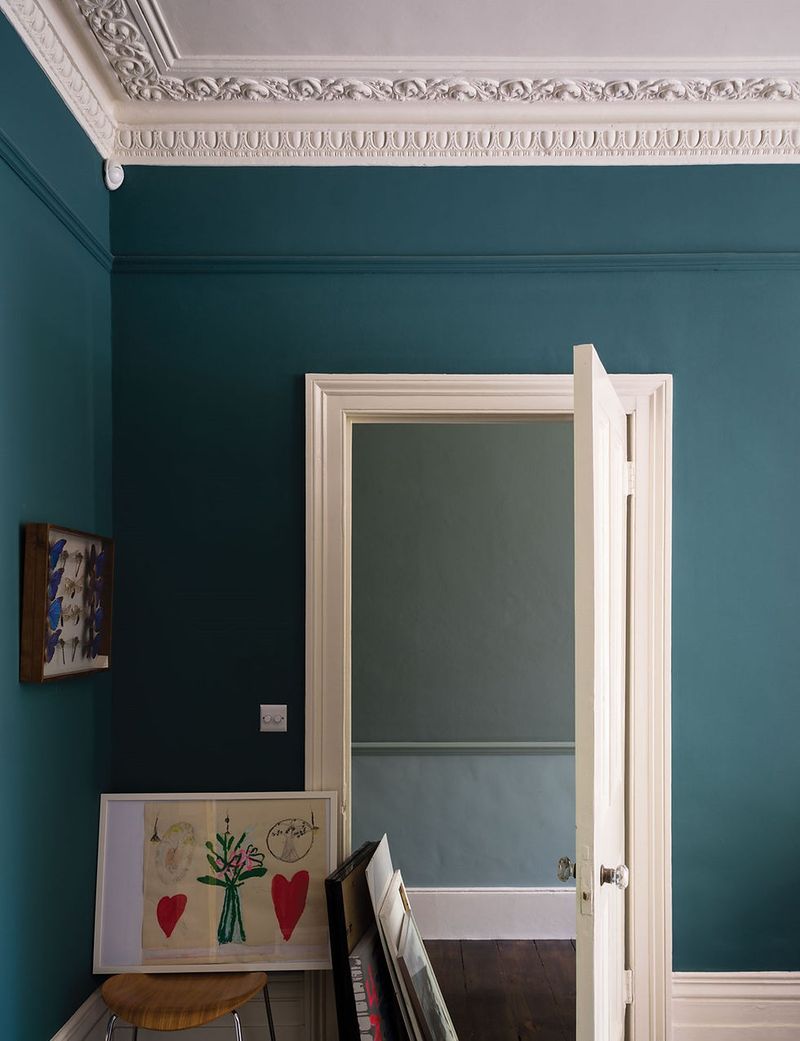
Dividing walls into functional zones, Edwardian interiors featured picture rails approximately 18 inches below the ceiling. These practical moldings allowed artwork to hang from chains without damaging plaster, while creating visual harmony.
Below, dado rails (chair rails) protected walls from furniture damage. The tripartite wall division—dado at bottom, field in middle, frieze at top—expressed Edwardian balance and order. Color schemes often darkened as they descended, with lightest tones above the picture rail and richest hues below the dado.
10. Servants’ Bell Systems
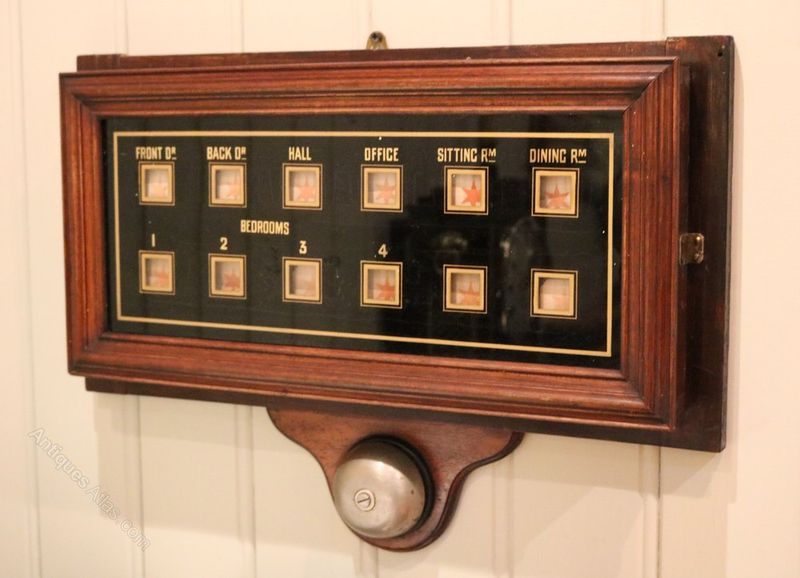
Technological marvels of their day, Edwardian homes featured elaborate bell systems connecting principal rooms to service areas. Brass pushes near fireplaces or dining tables triggered corresponding bells in the servants’ quarters, each with distinctive tones.
Indicator boxes in hallways showed which room required attention. Modern homeowners discover these remnants of downstairs life behind walls during renovations. Though obsolete, preserved bell systems offer fascinating glimpses into the choreography of Edwardian domestic service—a vanished social ecosystem within the home.
11. Elegant Pocket Doors
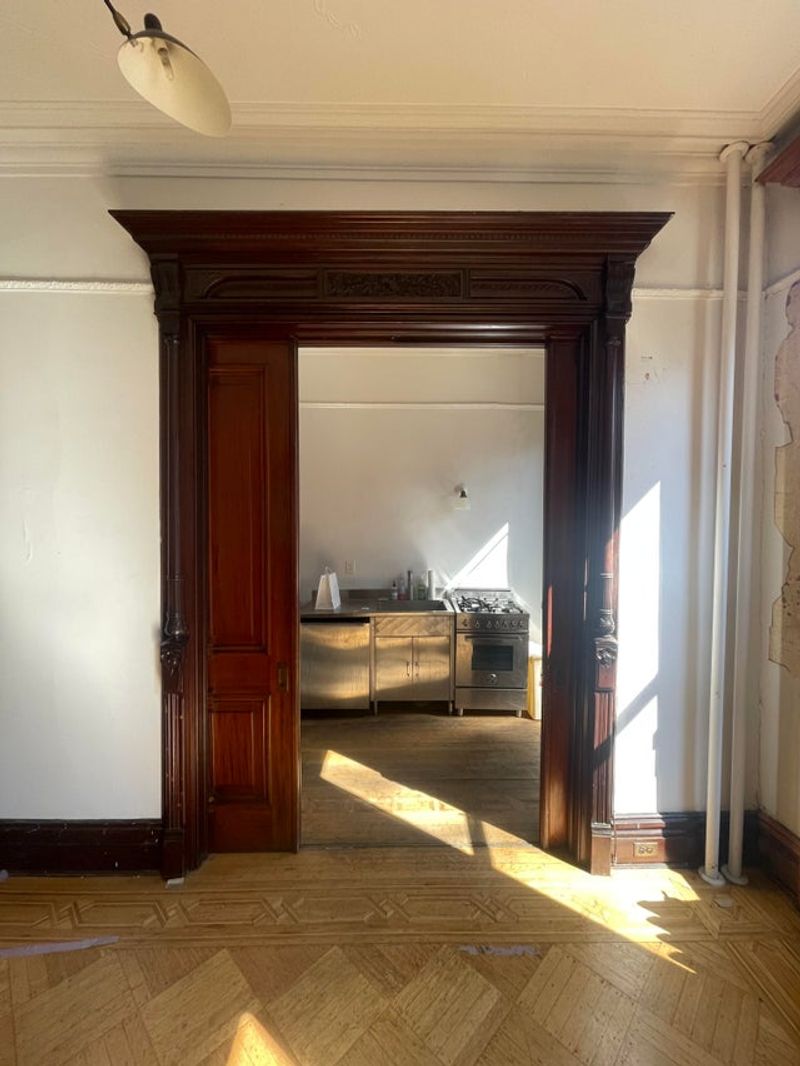
Sliding silently into wall cavities, Edwardian pocket doors allowed flexible room arrangements long before open-concept living. Crafted from mahogany or oak with recessed panels and original brass hardware, these engineering marvels operated on precisely calibrated rollers.
Double pocket doors could create grand openings between formal spaces or close for intimacy. Architects of the period understood spatial flow decades before modernists claimed the concept.
Restorers painstakingly repair original mechanisms, knowing such craftsmanship transcends mere utility to become functional sculpture.
12. Leaded Bay Windows
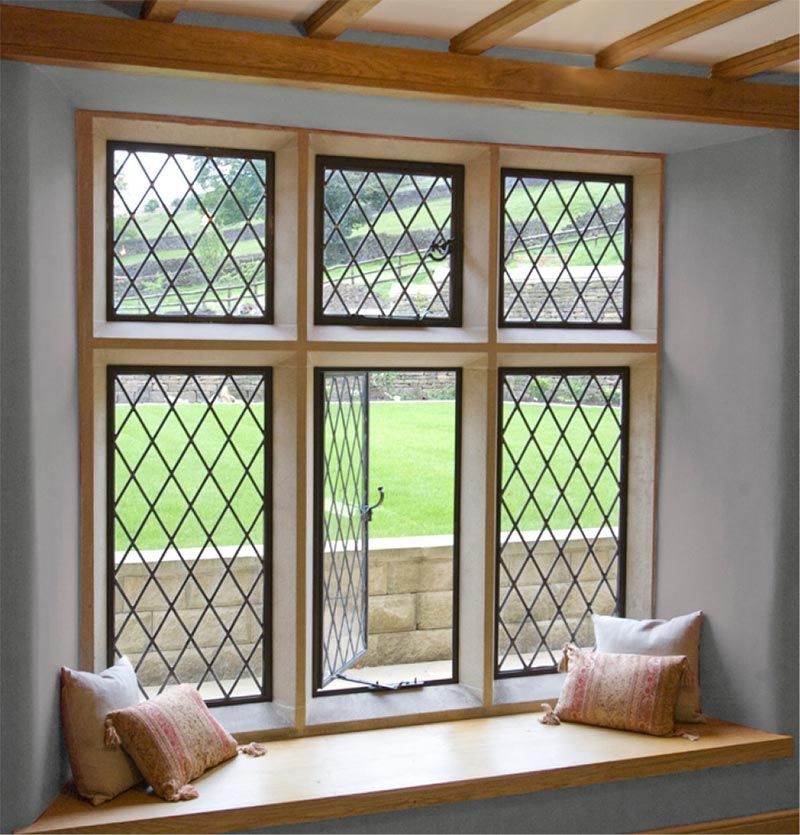
Projecting outward like glass-faceted jewel boxes, Edwardian bay windows captured garden views while flooding interiors with directional light. Box bays featured flat sides rather than angled Victorian predecessors, creating window seats perfect for afternoon reading.
Upper sections often incorporated leaded diamond patterns or colored glass accents. Light quality transformed throughout the day as sun moved across these architectural features.
Property developers recognize these bays as significant value-adders, preserving them meticulously even when modernizing other aspects of period homes.
13. Handcrafted Newel Posts
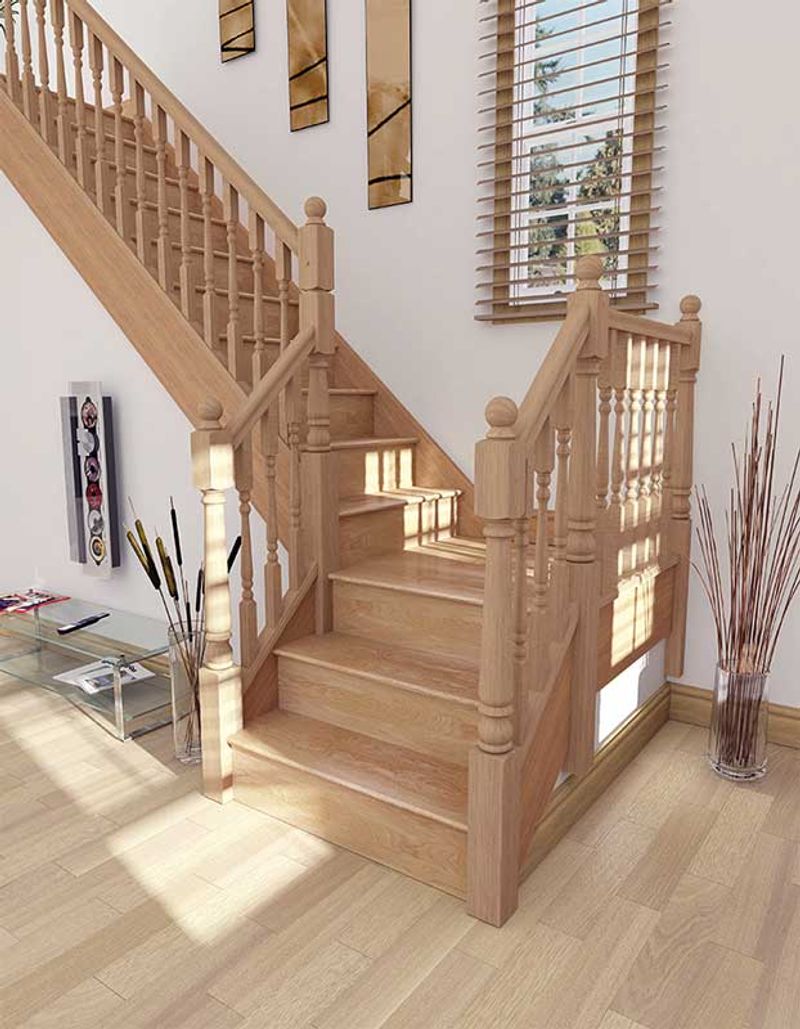
Anchoring Edwardian staircases with architectural authority, substantial newel posts featured ball finials or pineapple motifs symbolizing hospitality. Lighter in proportion than Victorian predecessors yet maintaining presence, these carved wooden sentinels welcomed visitors to upper floors.
Quarter-sawn oak displayed distinctive ray fleck patterns, evidence of premium materials. Spindles typically featured simpler turning patterns than earlier eras, reflecting Edwardian preference for cleaner lines.
Homeowners who preserve these entrance statements maintain tangible connections to craftsmanship traditions largely vanished from contemporary construction.
14. Decorative Archways and Colonnades
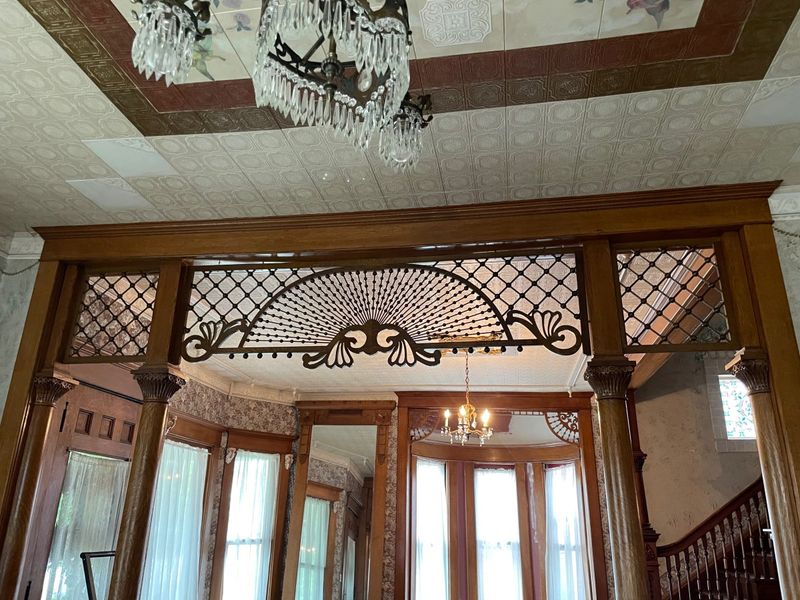
Framing interior vistas with classical proportions, Edwardian archways created graceful transitions between living spaces. Often flanked by half-height columns with Ionic capitals, these architectural features defined rooms without walls in an early version of open-plan living.
Fretwork or spindle screens sometimes filled upper sections, allowing light and conversation to flow while maintaining visual separation.
Original archways survive as prized features in renovated homes. Their elegant curves and proportions demonstrate the Edwardian talent for domestic architecture that feels simultaneously grand and comfortable.
15. Mosaic Entrance Floors
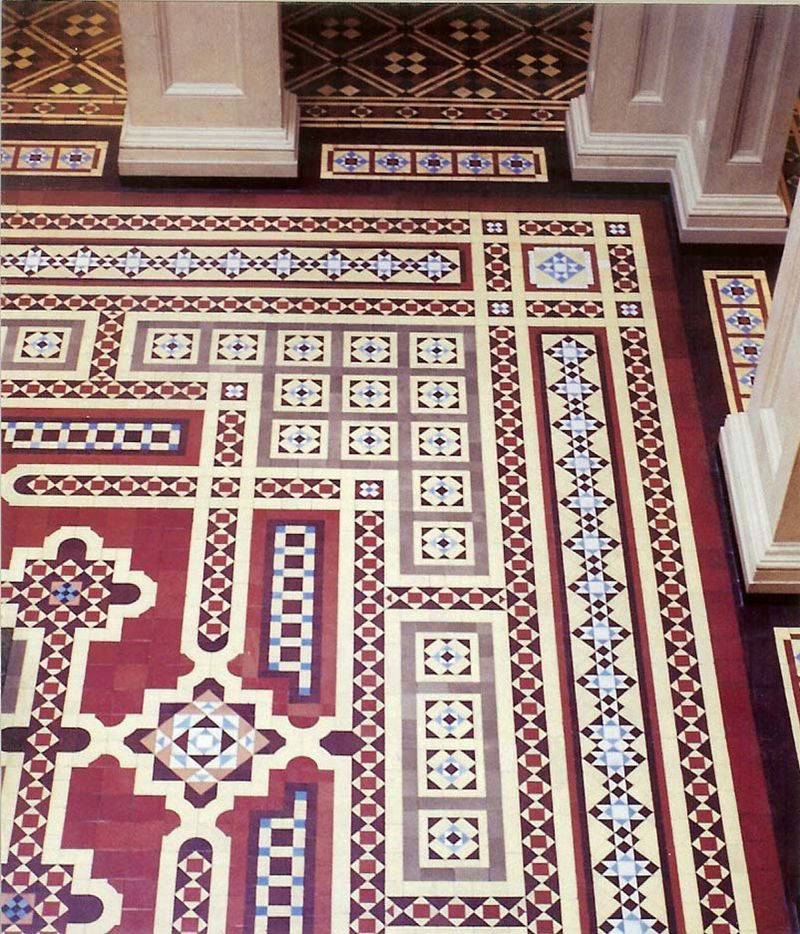
Greeting visitors with geometric precision, Edwardian entrance halls featured intricate mosaic tile floors in black, white, terracotta and deep green. Family names or house numbers sometimes appeared within central medallions, surrounded by Greek key borders or floral motifs.
Practical yet beautiful, these durable surfaces withstood a century of footfall with minimal wear. Encaustic cement tiles occasionally substituted for traditional ceramic tesserae.
Modern preservationists meticulously clean these entryway statements with pH-neutral solutions, knowing they represent irreplaceable craftsmanship that establishes historical authenticity from the moment one crosses the threshold.
16. Carved Overdoor Pediments
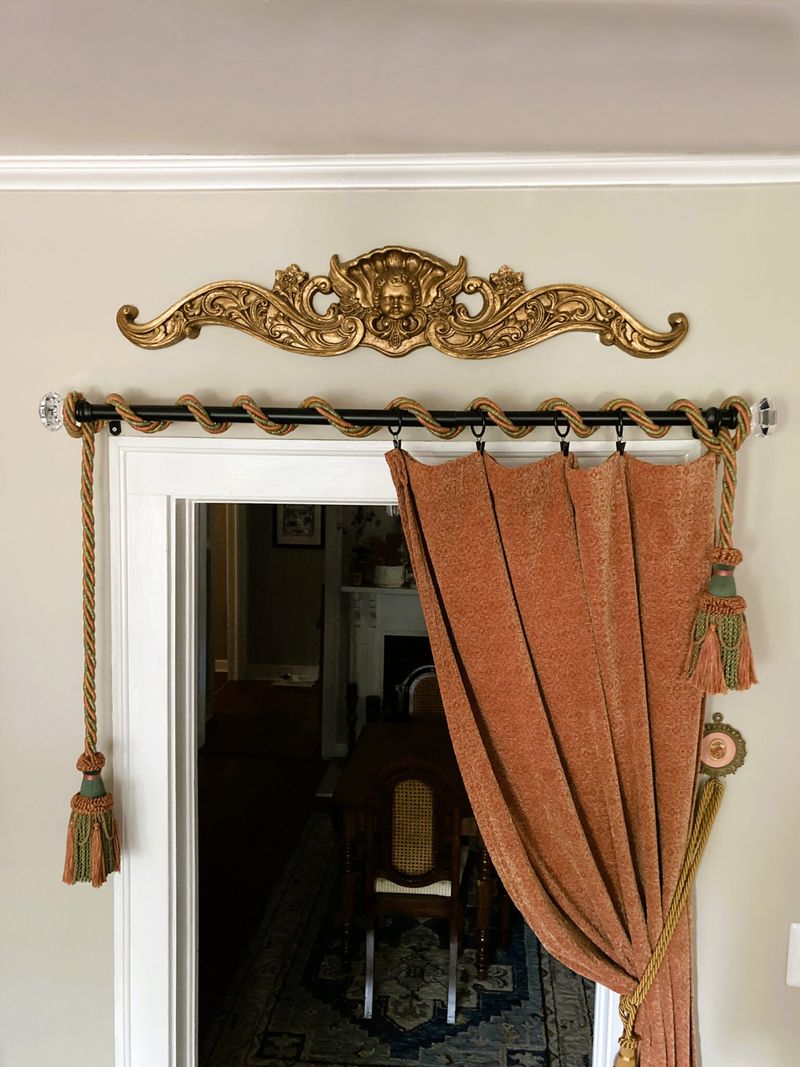
Crowning interior doorways with classical dignity, carved wooden pediments added architectural significance to principal rooms. Typically featuring broken triangular forms with central medallions or shell motifs, these overdoor treatments drew the eye upward, emphasizing generous ceiling heights.
White-painted finishes contrasted with darker mahogany or walnut doors beneath. Architects of the period understood architectural hierarchy, using these elements to signal a room’s importance within the home.
Surviving examples represent high craftsmanship that contemporary millwork rarely achieves, despite modern technology.

